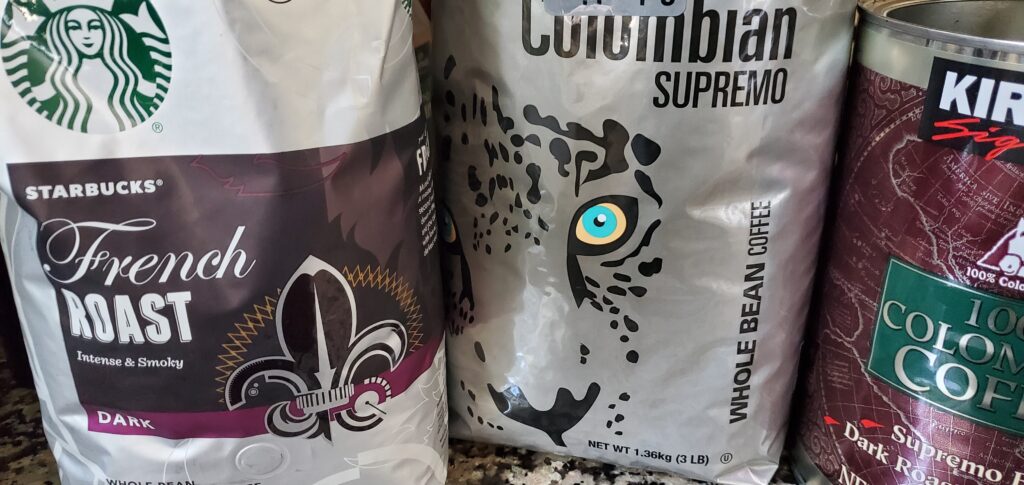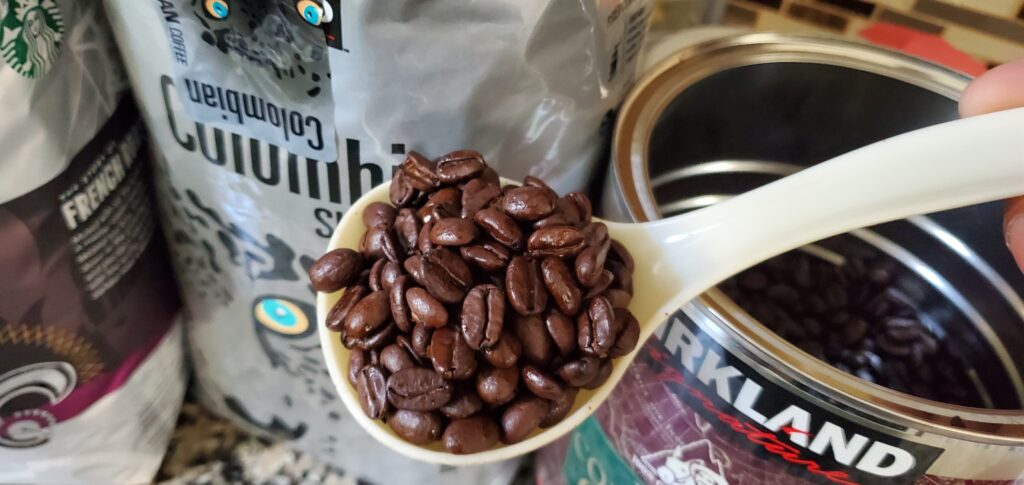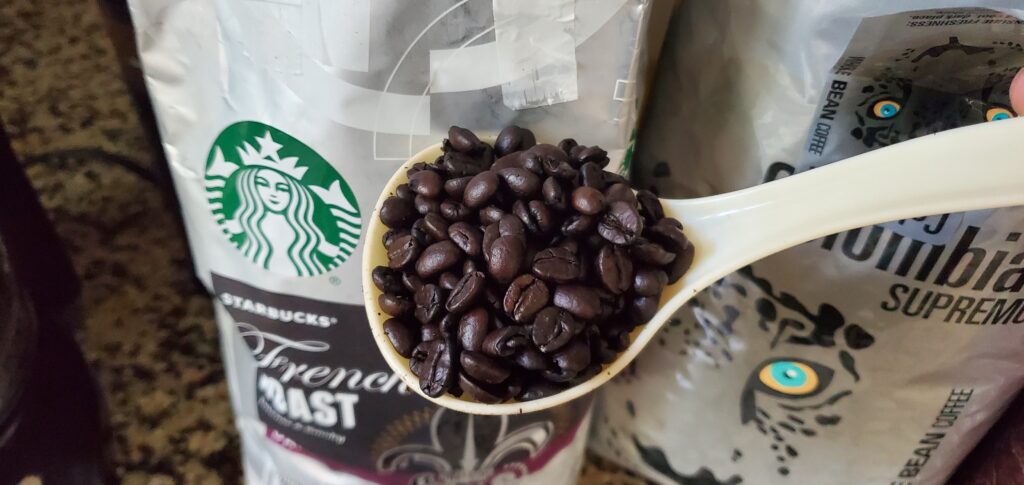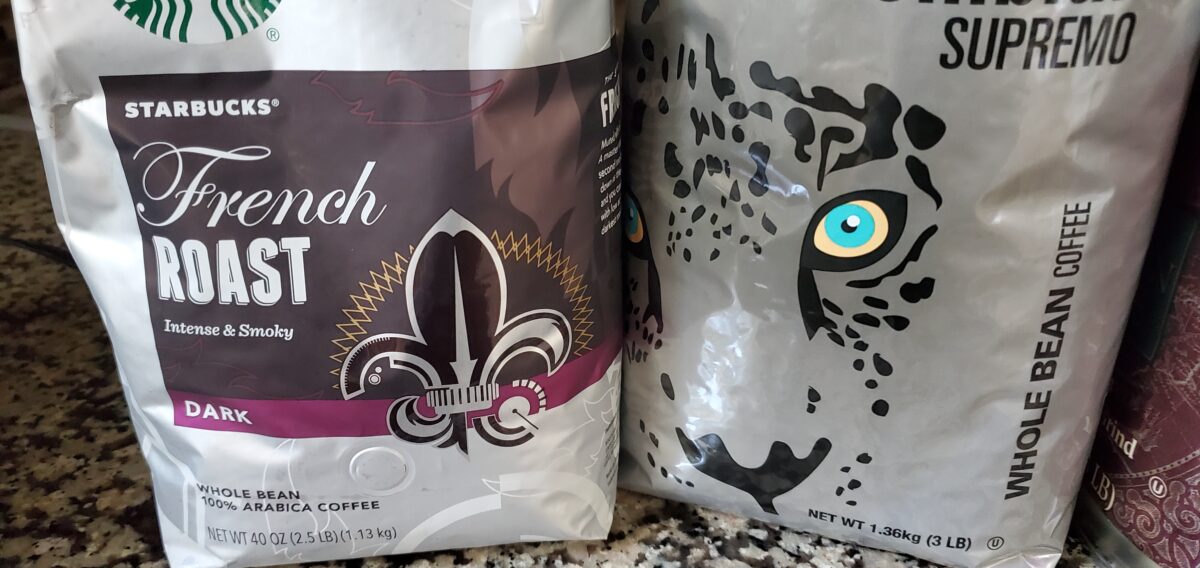Ah, coffee—the enchanting elixir that kickstarts our mornings, fuels our productivity, and adds a touch of warmth to our daily lives. While it’s easy to fall for the aroma and flavor of a perfectly brewed cup, have you ever wondered about the humble beans behind this magical beverage? In this blog post, we delve into the world of coffee beans, exploring their pros and cons and sharing some tips on how to make the best use of them. So grab your favorite mug and join us on this caffeinated adventure!
Coffee, the dark elixir that has fueled generations, has a rich history dating back centuries. From its humble beginnings in Ethiopia to its global domination, coffee has become an integral part of cultures around the world. In this blog post, we’ll explore the captivating history of coffee and provide you with ideas on brewing a smooth and strong cup of joe that will awaken your senses and satisfy your caffeine cravings.
The Historical Journey of Coffee
- Origins in Ethiopia: Legend has it that coffee was discovered by an Ethiopian goat herder named Kaldi, who noticed his goats becoming energized after consuming the red berries from a particular plant. This led to the cultivation and consumption of coffee.
- Spread to Arabia: Coffee’s popularity grew in the Arab world, where it was cultivated and traded extensively. By the 15th century, coffee had become an integral part of Arabic culture, with the first coffeehouses known as “qahveh khaneh” emerging in Mecca.
- European Fascination: Coffee made its way to Europe in the 16th century, initially captivating the Ottoman Empire and then spreading to Italy, where the first European coffeehouse, “Bottega del Caffè,” opened in Venice in 1645. The coffeehouses became centers of intellectual and cultural exchange, fostering the Age of Enlightenment.
- Global Expansion: As European colonial powers established trade routes, coffee spread to the Americas, Asia, and other parts of the world. Coffee plantations flourished in countries like Brazil, Colombia, and Indonesia, solidifying coffee’s place as a global commodity.
Pros of Coffee Beans:
- Rich in Antioxidants: Coffee beans are a fantastic source of antioxidants, which can help combat free radicals in the body. Antioxidants contribute to overall health and may reduce the risk of certain diseases.
- Increased Mental Alertness: Caffeine, naturally present in coffee beans, stimulates the central nervous system, resulting in increased alertness, improved focus, and enhanced cognitive function. It can give you the much-needed boost to start your day or power through a challenging task.
- Potential Health Benefits: Coffee consumption has been associated with several potential health benefits, such as a lower risk of type 2 diabetes, Parkinson’s disease, certain types of cancer, and even depression. However, individual reactions to coffee may vary, so moderation is key.
- Versatile and Delicious: Coffee beans come in various flavors and profiles, providing a wide range of taste experiences. From light and fruity to dark and robust, there’s a coffee bean for every palate. Discovering different roasts and origins can be a delightful journey of exploration.
Cons of Coffee Beans:
- Caffeine Sensitivity: While many people enjoy the energizing effects of caffeine, some individuals may be sensitive to its stimulating properties. For those with caffeine sensitivity or certain health conditions, excessive consumption of coffee beans can lead to restlessness, jitteriness, heart palpitations, or disrupted sleep patterns.
- Staining and Tooth Discoloration: Coffee’s dark pigments can stain your teeth over time, leading to discoloration. Regular brushing and dental care can help mitigate this issue, but it’s worth considering if you’re particularly conscious about dental aesthetics.
- Acidic Nature: Coffee beans are naturally acidic, and excessive consumption of acidic foods or beverages can cause digestive discomfort for some individuals. If you have acid reflux, stomach ulcers, or a sensitive stomach, it’s advisable to monitor your coffee intake or opt for low-acid coffee beans.
Brewing a Smooth and Strong Cup of Joe
- Start with Quality Beans: Choose freshly roasted, high-quality coffee beans. Opt for specialty coffee beans sourced from reputable farms or local roasters. Look for beans with a roast date, and aim to use them within two to four weeks of that date for optimal freshness.
- Grind Size Matters: Invest in a burr grinder and grind your beans just before brewing. The grind size plays a crucial role in flavor extraction. For a smooth and strong cup, opt for a medium to medium-fine grind. Adjust the grind size slightly based on your brewing method.
- Water Quality: Coffee is about 98% water, so using good-quality water is essential. Filtered water or spring water is ideal, as it eliminates any unwanted flavors or impurities that can affect the taste of your coffee.
- Finding the Right Ratio: Experiment with coffee-to-water ratios to find the perfect balance for your taste. A general starting point is using 1 to 2 tablespoons of coffee for every 6 ounces (177 ml) of water. Adjust the ratio to make it stronger or milder according to your preference.
- Brewing Methods for Smoothness and Strength: There are numerous brewing methods to explore. Here are a few popular ones for achieving a smooth and strong cup of coffee:
- French Press: Coarsely grind your beans and steep them in hot water for around four minutes. Plunge the press slowly to separate the brewed coffee from the grounds. This method allows for a full-bodied and robust cup.
- Pour-Over: This method provides excellent control over the brewing process. Use a medium-fine grind and pour hot water in a slow, circular motion over the coffee grounds. The resulting cup is clean, smooth, and flavorful.
- Espresso: For those seeking a concentrated and bold coffee experience, espresso is the way to go. Use finely ground coffee and extract the flavors under pressure using an espresso machine or stovetop moka pot.
- Cold Brew: Cold brewing involves steeping coarsely ground coffee in cold water for an extended period, usually overnight. The result is a smooth, low-acidity coffee concentrate that can be diluted or enjoyed over ice.
- Temperature and Brewing Time: For optimal extraction, water temperature should be between 195°F and 205°F (90°C to 96°C). Adjust the brewing time according to your brewing method to ensure proper extraction without over-extracting, which can lead to bitterness.
- Enjoy and Experiment: Once you’ve brewed your cup of coffee, take a moment to savor the aroma and appreciate the flavors. Each brewing method and coffee bean combination offers a unique experience, so feel free to experiment and find your personal preference.
So far we looked at a brief history of coffee and best ways to brew a nice, smooth and strong cup of joe. The following is one such recommendation that makes both a strong and smooth coffee that was a huge hit in my family as well.

Starbucks French Roast is a very strong dark coffee, available at Costco. Kirkland Colombian Supremo, also available at Costco is very smooth and tastes well by itself.
Now what I found, after some trial and error, is that mixing the beans in a 1:3 ratio provides a really strong and smooth flavor for a great cup of coffee.
Steps
1.Add 3 large spoons of Kirkland Colombian Supremo to a coffee container.

2. Add 1 large spoon of Starbucks French Roast to the container.

3. Mix well and use the required amount in your daily brew

Coffee’s journey through history has been fascinating, from its origins in Ethiopia to its global prominence today. As you embark on your coffee brewing adventure, remember to start with quality beans, master the art of grinding, and experiment with various brewing methods to achieve a smooth and strong cup of joe. So whether you prefer a rich espresso, a velvety pour-over, or a refreshing cold brew, let the magic of coffee awaken your senses and enhance your daily rituals. Cheers to the perfect cup of coffee!

